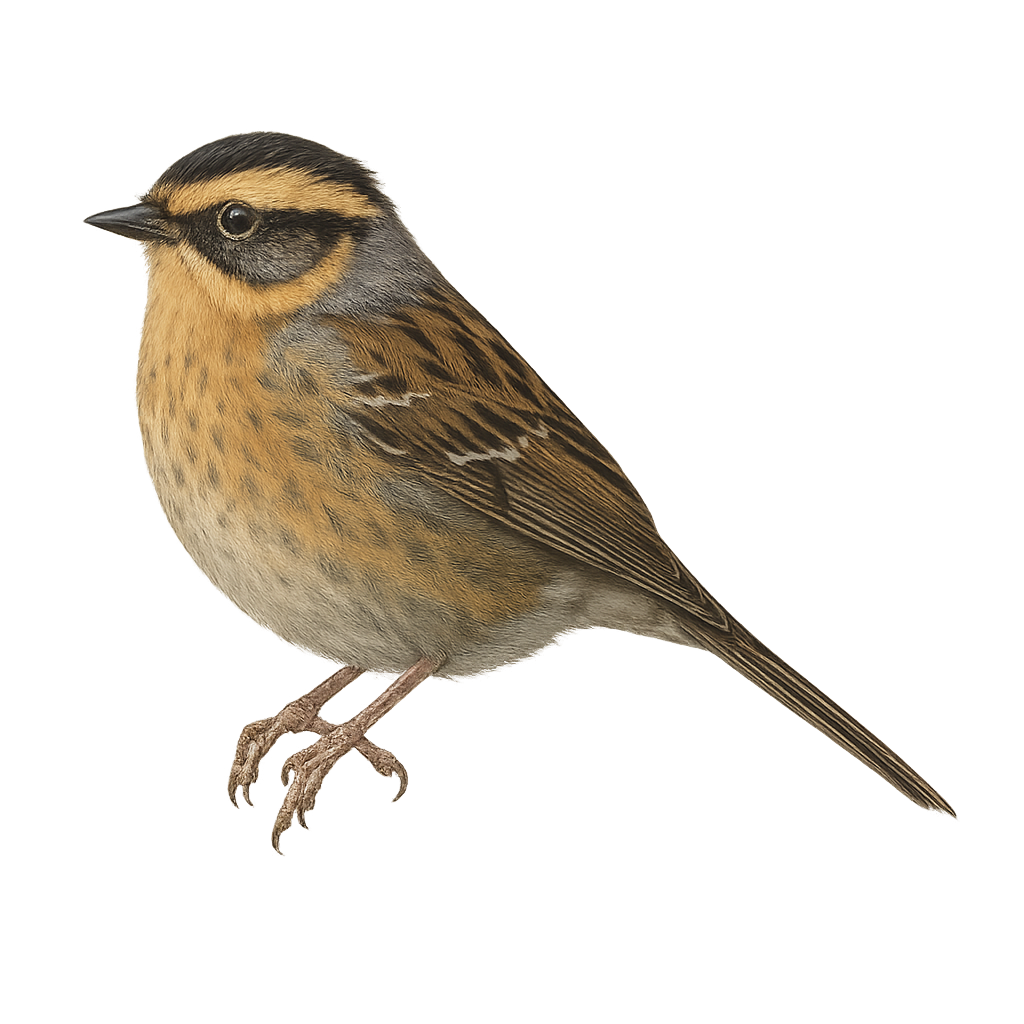Your wildlife photography guide.
Explore the siberian accentor in detail, study its behavior, prepare your shots.
Where to observe and photograph the siberian accentor in the wild
Learn where and when to spot the siberian accentor in the wild, how to identify the species based on distinctive features, and what natural environments it inhabits. The WildlifePhotographer app offers tailored photography tips that reflect the siberian accentor’s behavior, helping you capture better wildlife images. Explore the full species profile for key information including description, habitat, active periods, and approach techniques.
Siberian Accentor
Scientific name: Prunella montanella

IUCN Status: Least Concern
Family: PRUNELLIDAE
Group: Birds
Sensitivity to human approach: Suspicious
Minimum approach distance: 10 m
Courtship display: May to June
Incubation: 11-13 jours
Hatchings: May to July
Habitat:
Coniferous forests, alpine meadows, undergrowth
Activity period :
Primarily active during the day, with peak activity in the morning and late afternoon.
Identification and description:
The Siberian Accentor, Prunella montanella, is a small passerine bird belonging to the Prunellidae family. It is primarily found in mountainous regions of Asia, particularly in Siberia and Mongolia. This bird is characterized by its brown and gray plumage, with streaked patterns on its back and wings. Its head features a dark brown cap and a white throat, making it easily recognizable. The Siberian Accentor is a migratory bird, spending its winters in Southeast Asia. It feeds mainly on insects and seeds, which it finds in undergrowth and alpine meadows. Although generally discreet, it can be seen in small groups during migration.
Recommended lens:
400mm – adjust based on distance, desired framing (portrait or habitat), and approach conditions.
Photography tips:
To photograph the Siberian Accentor, it is advisable to use a 400mm lens or longer to capture detailed images without disturbing the bird. Look for areas where the bird is active, such as alpine meadows or undergrowth. Be patient and discreet, as this bird can be suspicious. Use a tripod to stabilize your camera and wait for the right moment to capture the bird in action, such as when it is feeding or interacting with other birds.
The WildlifePhotographer App is coming soon!
Be the first to explore the best nature spots, track rutting seasons, log your observations, and observe more wildlife.
Already 1 431 wildlife lovers subscribed worldwide

